This week, in honor of the upcoming performance of Handel’s Acis and Galatea… we’re embarking on a scavenger hunt. The storyline of the opera involves a tragic love affair. The mortal Acis falls in love with the water nymph Galatea, attracting the ire of the monstrous Polyphemus. In a fit of jealous rage, Polyphemius kills Acis. Galatea channels her powers to resurrect her lover as a beautiful eternal fountain.
Owing to the watery resolution of the tale, the characters have appeared in the design of historic fountains in European gardens from Stuttgart to the Jardin du Luxembourg in Paris to the Villa Litta outside of Milan. While the water features of Caramoor aren’t specifically connected to the myth, they are a refreshing reminder of this pivotal operatic moment. Please pay a visit to any of these water-themed spots when you explore Caramoor this weekend, maybe as you take in the Jazz Festival or before you find your seat for Handel in the Venetian Theater.
Inside the Rosen House, look for a three-tiered water feature painted in the Burgundian Library. Examine the blue silk wall coverings in the Spanish Alcove to find small yellow fountains woven into the repeat of the pattern. In the Spanish Courtyard, pause for a moment beside the central fountain (installed in 1970, the main element is a 19th-century Renaissance-style wellhead incorporating four faces). If you go farther afield, you may find the fountain with four lions supporting the basin! You’ll hear the falling water (and recorded water sounds) that feature prominently in Liz Philips’ Dyning in the Dovecote, the 2023 addition to Caramoor’s sound art. If you develop a thirst, stop to sip from the water fountain near the Rosen House Circle. While you take note of the swans forming the base, make a guess as to what this object might have been in its former life.
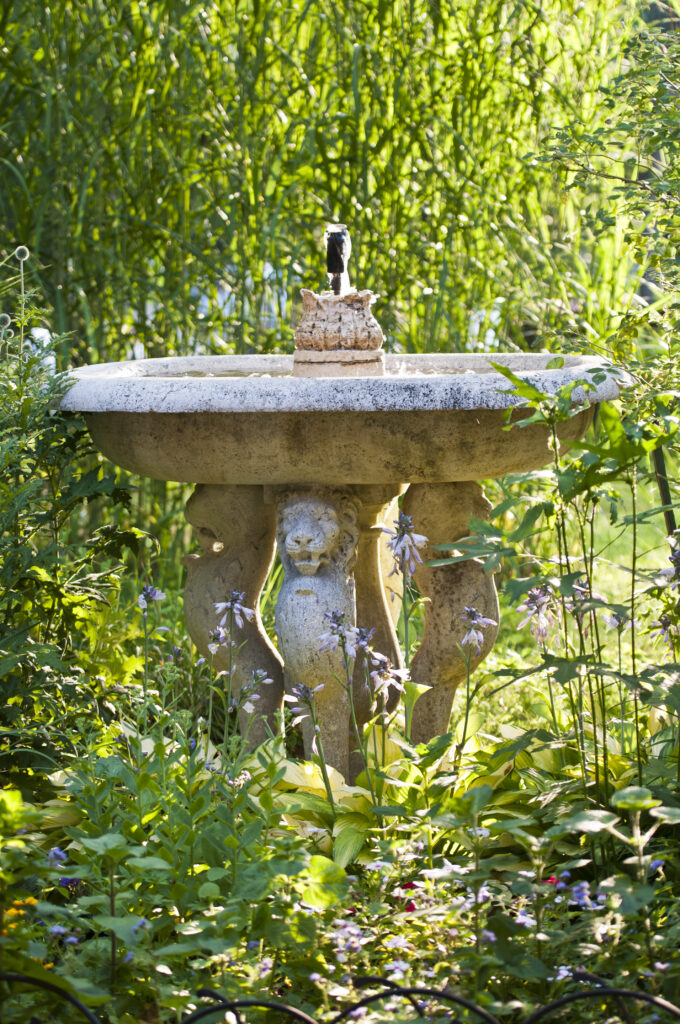
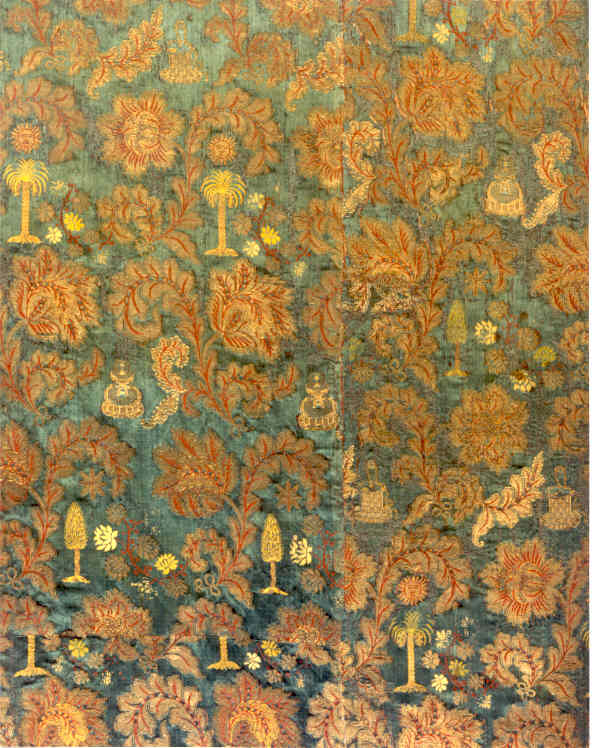
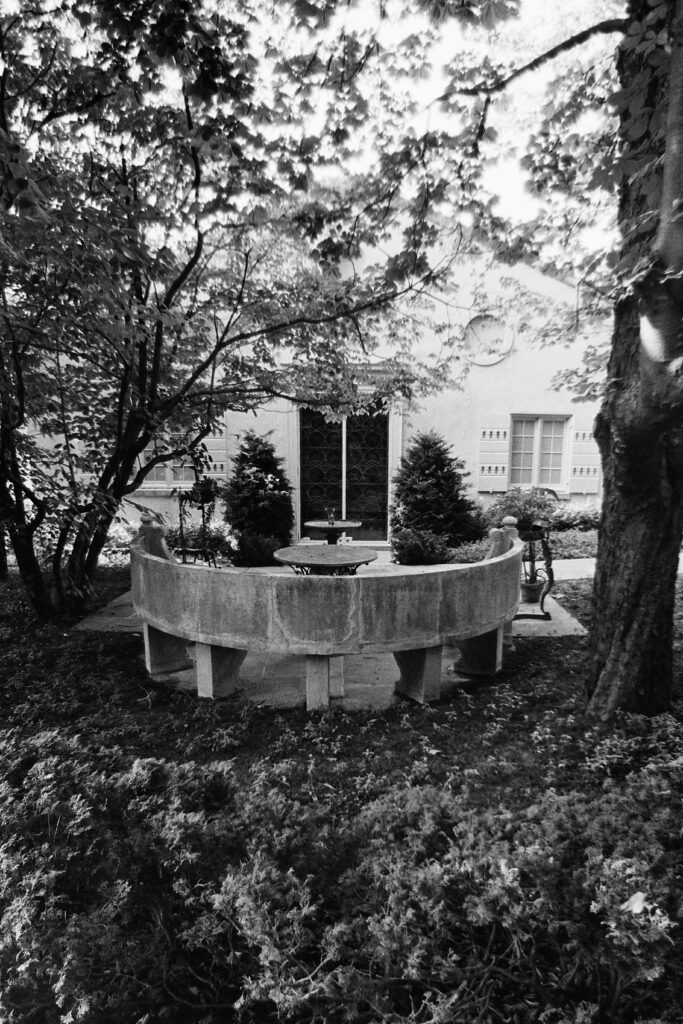
And finally, discovered in the archive this week… A postcard addressed to the Rosens from Ernest de Weerth, a set and costume designer known for his work on operas. The card features the palm tree-inspired fountain in the Monreale Cathedral in Palermo, Italy. On these hot summer days, whether it’s a historical monument or a simple backyard sprinkler, a fountain has the power to restore and refresh.
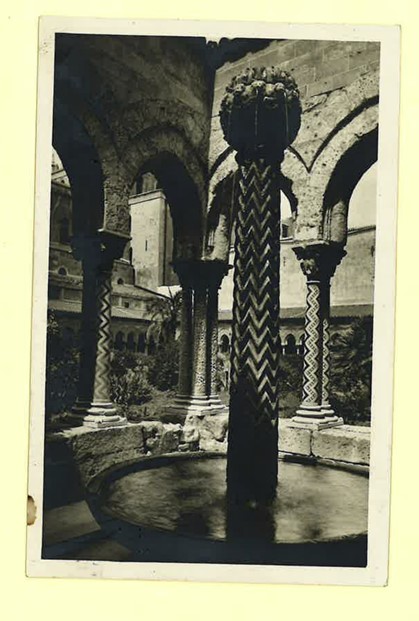
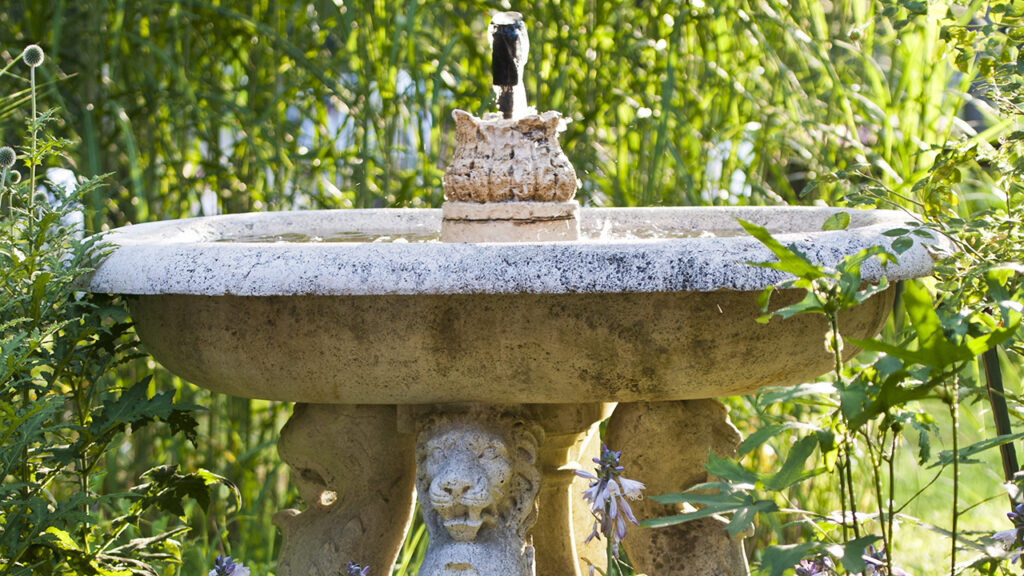
Leave a Reply